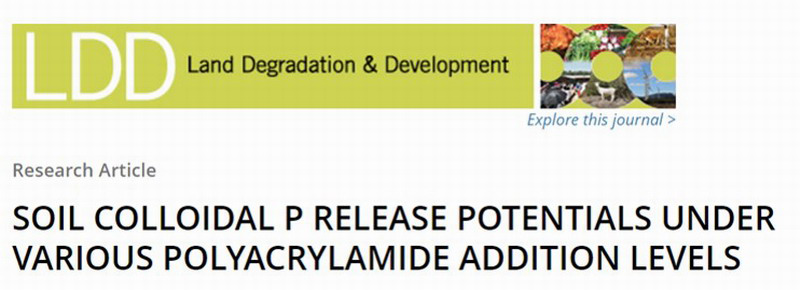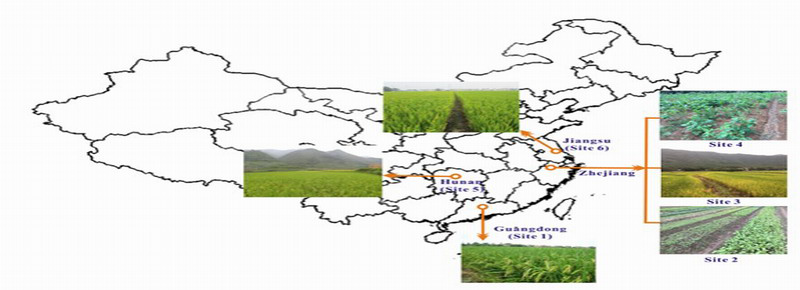The Members of Liang Xinqiang Research Group in Our College Publish a Thesis on the Journal - Land Degradation & Development
2018-10-08
Colloidal phosphorus, significant as it is, is derived from the process during which phosphorus flows from soil to surface waters such as rivers and lakes. The in-depth research on the release and control mechanism of soil colloidal phosphorus is helpful for both the storage of phosphorus in the soil and the reduction of non-point pollution. Professor Liang Xinqiang and his research teammates from College of Environmental & Resource Sciences of Zhejiang University have found that the release of soil colloidal phosphorus is considerably affected by the inhibition of macromolecular flocculation. According to the statistics, there is a notable difference in the release potential and inhibition feasibility of colloidal phosphorus in different texture characteristics of soils in Hunan, Guangdong, Jiangsu and Zhejiang Provinces, etc.. The release level of total colloidal phosphorus in the soils can be effectively predicted by sand content and the additive amount of inhibitors.
On June 13, 2017, these achievements were published on Land Degradation & Development (2016 IF: 9.787), a well-known journal specializing in the research of soil and water conservation. The research is sponsored by such funds as Major Science and Technology Program for Water Pollution Control and Treatment, National Outstanding Youth Science Foundation, Zhejiang Province Outstanding Youth Fund and so on.


